In the mid-1960s physicians and educators recognized both a shortage and uneven distribution of primary care physicians. To expand the delivery of quality medical care, Dr. Eugene Stead of the Duke University Medical Center in North Carolina assembled the first class of physician assistants in 1965. For this class he selected Navy corpsmen who received considerable medical training in the military and during the war in Vietnam. He based the curriculum of the PA program in part on his knowledge of the fast-track training of doctors during World War II.
Physician Assistants
Origin of Physician Assistants
Education and Training
Certified Physician Assistants (PA-Cs) are medical providers formally trained in primary care from one of over 140 accredited academic training programs in the United States. Typical backgrounds of physician assistant students include nursing, EMT, medtech, paramedic, etc. Most PA programs last 24-27 consecutive months using the medical school model and follow a prior bachelor’s degree. To remain nationally certified, PAs must complete 100 hours of continuing medical education (CME) every two years and pass a national re-certification exam every six years. While over half of all PAs remain in primary care, many can be found in every medical and surgical specialty, including dermatology.
Physician Assistants in Dermatology
Physician assistants in dermatology diagnose and treat a wide variety of medical and surgical conditions. Building on their primary care background, PAs are trained in dermatology in a variety of ways. Most PAs working in dermatology are trained by their supervising dermatologist and together they decide the practice style, supervision arrangements and delegation of services appropriate for their practice. Most PAs work independently within a dermatology office and see a wide range of medical, surgical and cosmetic patients similar to a staff dermatologist. PAs, however, are always supervised directly by a dermatologist. PAs get additional training through their required CME hours, attendance at academy meetings/ medical conferences, dermatology grand rounds and self-study courses. Some PAs hold a master’s degree in physician assistant studies with a concentration in dermatology. Many PAs lecture at university PA programs and offer dermatology rotations to PA students. Some are dermatology clinical preceptors to family practice residents.
The Dermatologist/Physician Assistant Team
Physician assistants are dependent providers in that they practice medicine only under the supervision of a physician. This collegial relationship promotes quality patient care utilizing a team approach to health care delivery. The services provided by the PA are chosen by his or her supervising physician based on the knowledge, training and skills of the PA. PAs help dermatologists decrease waiting time for an appointment and enable the dermatologist to spend more time with complex patients.

Christina Race, PA-C

Betsy Golden, M.S., PA-C

Jennifer Conner, MPAS, PA-C
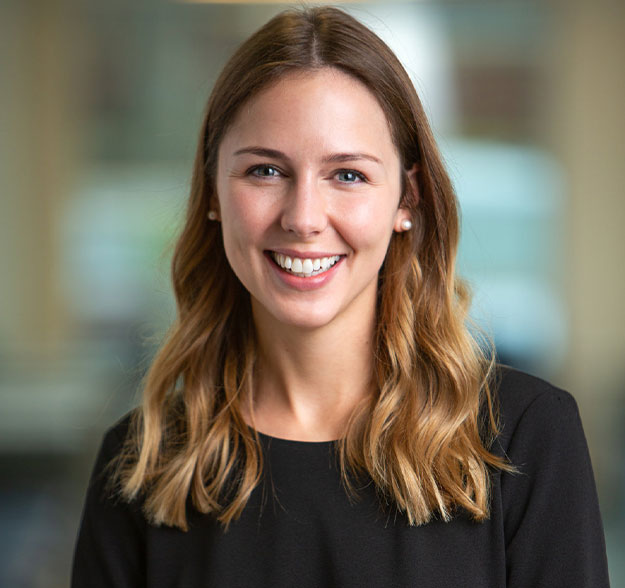
Presley Pearman, PA-C
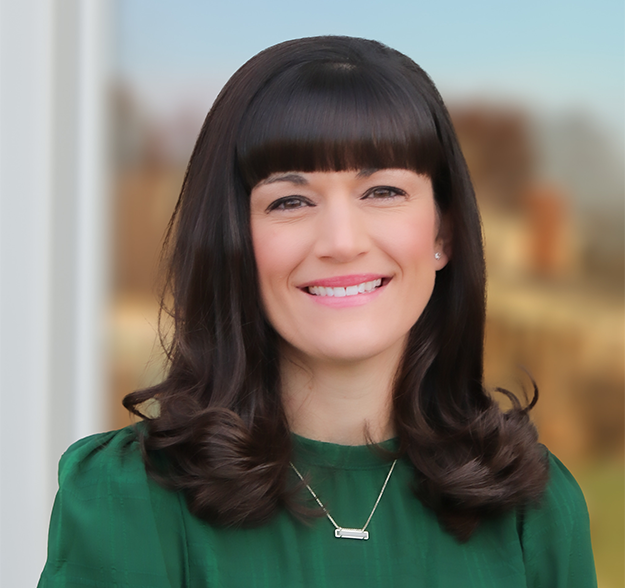
Emily Bible, PA-C
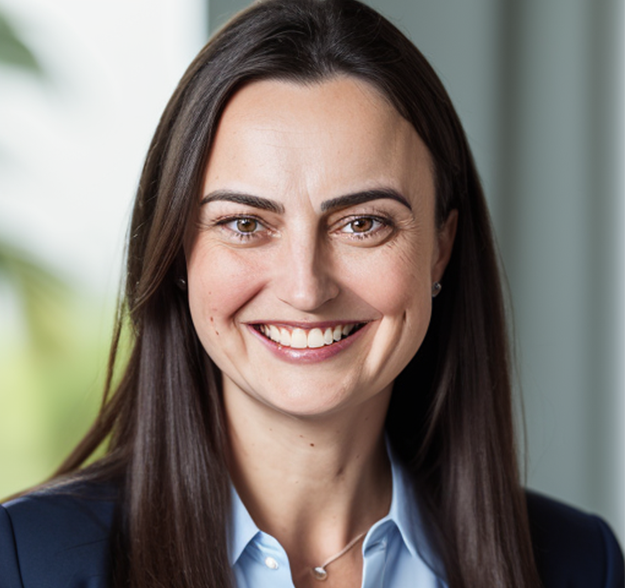



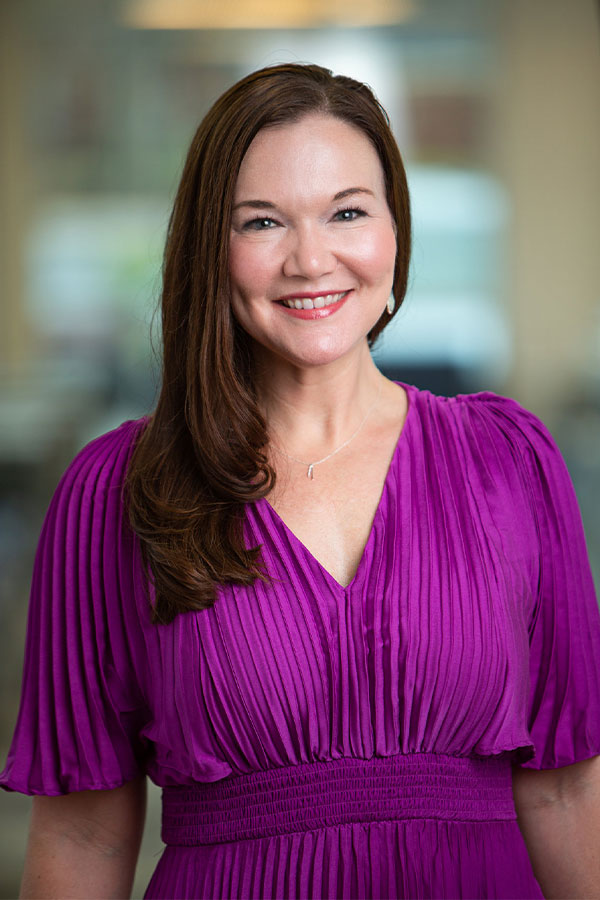
 Presley Pearman, PA-C
Presley Pearman, PA-C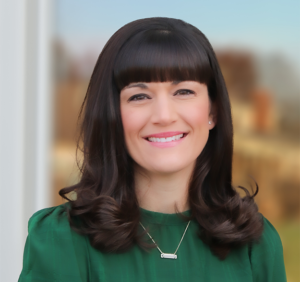 Emily Bible, PA-C
Emily Bible, PA-C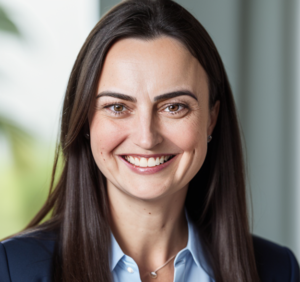 Rebecca Tompkins, PA-C
Rebecca Tompkins, PA-C